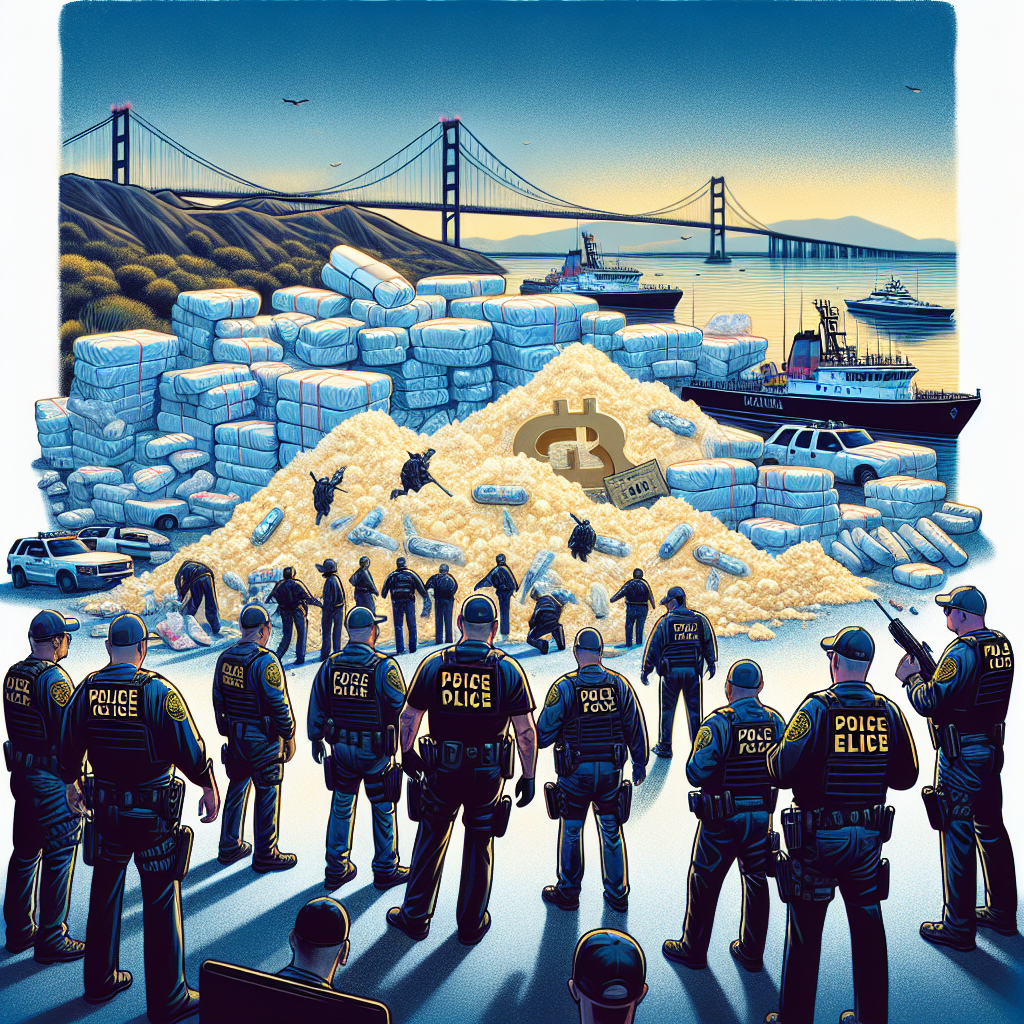In a recent press release from the Governor’s Office on November 2nd, the California National Guard (Cal Guard) assisted in seizing 891 pounds of illegal fentanyl, worth millions of dollars, in September. The potential leakage of this fentanyl could lead to the deaths of tens of millions of people, highlighting the serious fentanyl crisis in California.
Since the launch of drug enforcement operations in 2021, Cal Guard has helped seize a total of 34,350 pounds of fentanyl and over 50.6 million fentanyl-containing pills, valued at over $492 million.
Fentanyl remains the leading cause of drug-related deaths among adults aged 18-45 in the United States, with just 2 milligrams of fentanyl in a pill being enough to cause death. According to the Drug Enforcement Administration (DEA), drug traffickers typically distribute fentanyl in kilograms, with 1 kilogram of fentanyl being potent enough to kill 500,000 people.
The press release also stated that fentanyl drugs are primarily smuggled into the United States by American citizens through entry ports. In 2025, Cal Guard, in collaboration with partner agencies, seized 4,460 pounds of fentanyl (approximately 2,023 kilograms), equivalent to nearly 2 million pills, with an estimated value of nearly $36 million.
Governor Newsom announced last year the continued increase in Cal Guard personnel and equipment to strengthen law enforcement efforts in combating illegal fentanyl. With Cal Guard under the command of the governor, approximately 32% of drug enforcement officers have been reassigned, leading to a 240% increase in drug seizures compared to June. Currently, over 400 military personnel are deployed statewide, including those stationed at entry ports, to combat transnational criminal organizations and seize illegal drugs.
The Governor also emphasized the role of Cal Guard in assisting in wildfire management, acting as emergency medical personnel in times of crisis, distributing relief foods, and promoting drug prevention in schools, in an effort to request the federal judges to lift the temporary restraining orders. These orders allowed the Trump administration to deploy and mobilize Cal Guard, including sending them to other states, until February 2026.
The United States National Guard was established on December 13, 1636, making it the oldest military force in the United States. Initially created as a militia force to protect the colonies from threats posed by Native American tribes and European powers.
The National Guard is a state-based military reserve force, with 54 independent units in all 50 states, the District of Columbia, Guam, the U.S. Virgin Islands, and Puerto Rico. All National Guard members are also part of the U.S. Regular Militia, jointly governed by federal and state governments, with the U.S. President serving as the Guard’s commander-in-chief.
As part of the U.S. National Guard, Cal Guard consists of three branches: the Army National Guard, Air National Guard, and State Guard, being one of the largest National Guard forces in the United States.
In early June, following immigration law enforcement in Los Angeles that led to protests and riots, President Trump deployed about 4,000 Cal Guard members and 700 Marine Corps personnel to enforce law and restore order in the city, ensuring public safety.
On June 9, California Attorney General Bonta and Governor Newsom filed a lawsuit against President Trump and the Secretary of Defense, arguing that the unauthorized transfer of Cal Guard members from San Diego to Los Angeles violated state authority, effectively federalizing Cal Guard.
On the same day, Federal Judge Charles Breyer in San Francisco ruled the deployment by the Trump administration as illegal; the Trump administration appealed, and the 9th Circuit Court of Appeals ruled on June 12 to allow President Trump’s control over Cal Guard during the litigation. The legal battle between the two sides continues unresolved. Currently, about 300 Cal Guard members are deployed in other states executing federal government missions. ◇

